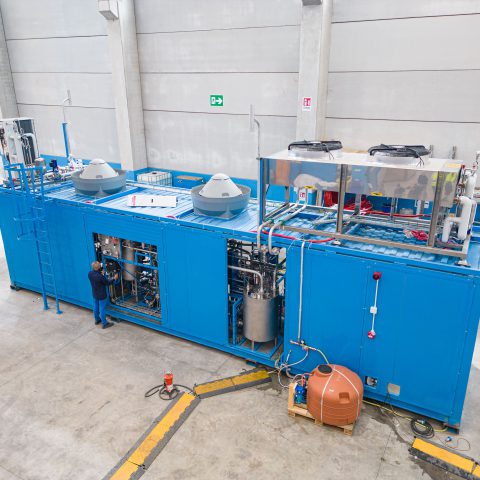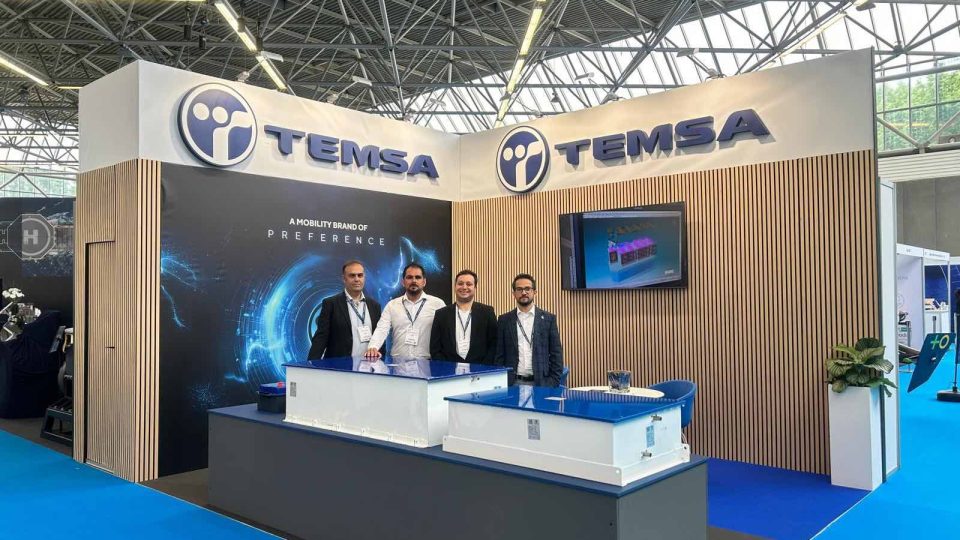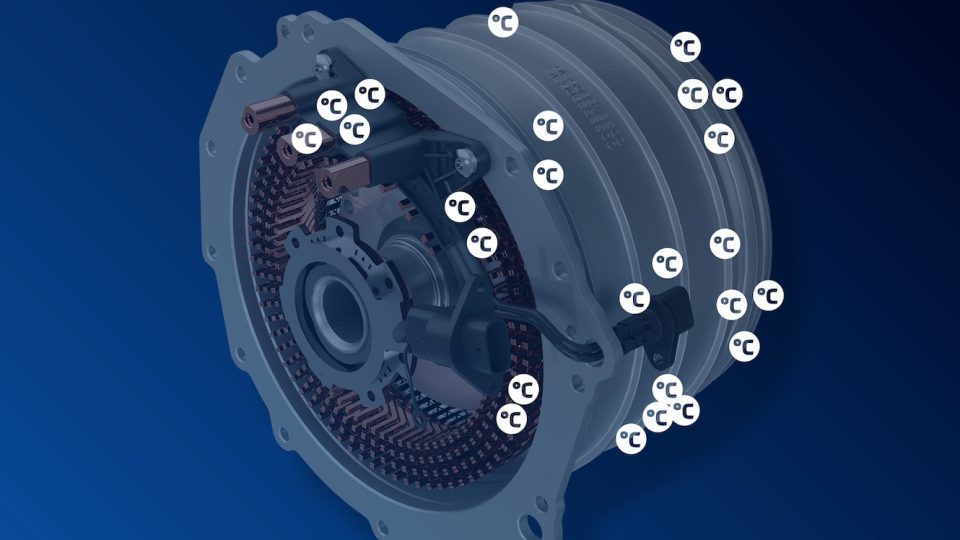IMI Critical Engineering completes test for green hydrogen generation
IMI Critical Engineering has successfully completed its first field test for the generation of green hydrogen using its new IMI VIVO polymer electrolyte membrane (PEM) electrolyser. The pilot test was undertaken in Sardinia

IMI Critical Engineering has successfully completed its first field test for the generation of green hydrogen using its new IMI VIVO polymer electrolyte membrane (PEM) electrolyser.
The pilot test, undertaken at IMI Remosa’s newly-opened 16,000m2 facility in Sardinia, saw a 200kW IMI VIVO PEM electrolyser successfully complete its test program in May 2023, generating 4,0kg/h (44,0Nm3/h) at 30barg of green hydrogen.
The successful completion of the pilot test paves the way for a series of upcoming electrolyser installations at UK and European research institutes throughout 2023 and 2024.
IMI VIVO’s PEM electrolyser will be available in 100kW to 5MW power class skids. It can be made fully bespoke to end-user requirements thanks to a “turnkey” configuration which includes a high or low-pressure storage tank, compressor, and optional fuelling equipment.
The manufacturer sees significant opportunities for the IMI VIVO electrolyser across power-to-mobility, power-to-gas and power-to-power applications.
Jackie Hu, Divisional Managing Director at IMI Critical Engineering, commented: “The successful generation of green hydrogen is a landmark moment for our organisation. While IMI Critical Engineering has a long heritage in traditional power generation applications, we have heavily invested in PEM electrolyser technology to help our customers, and ourselves, transition to new and more sustainable ways of energy generation, storage, and distribution. While this is only the first step in what will be a long journey, it is also an important day to celebrate the success of IMI’s Growth Hub incubation and acceleration programme, which helped bring the IMI VIVO electrolyser to market. Manufactured using a number of IMI-made flow control products, the electrolyser touches on our history and our future and we are delighted both facets have combined to deliver a scalable solution for green hydrogen generation.”
The IMI VIVO electrolyser and hydrogen storage vessels will be manufactured in the same IMI Remosa (Remosa Srl) facility that staged the pilot test. Its lower power scale compared to larger units makes it well-placed for organisations looking to start their own explorations into green hydrogen generation.
Jackie Hu concludes, “While questions remain over the feasibility of some ambitious short-term green hydrogen generation targets, such as those set by the EU, many power and utility providers are well underway with their own research and development programmes. We expect our technical expertise and extensive installed base in traditional power generation industries will position us as a viable partner as they transition to a more sustainable way of working.”











